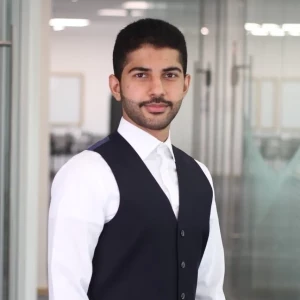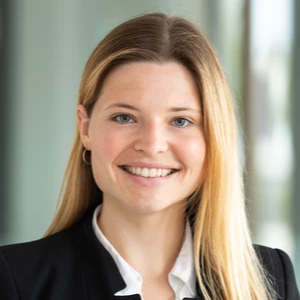Hello,
I have three questions about interviewer-led cases:
1. When I have my framework, with lets say two main branches/buckets with each having sub-branches, should I first explain the first main branch/bucket with its sub-branches and when I explained it, should I switch to the second main branch and explain it?
2. Lets assume the interviewer asks for factors that influence X. I then draw my structure. And my structure has two branches: internal and external. For the different branches of my structure, should I mention my thoughts (e.g., for internal I see factor a. Factor a can influence … I also see factor b, factor b can influence X …). Or what should I say for each branch how do I switch maim branches best?
3. For interviewer led cases, are you still asking for more information and data (I do not mean clarifying questions) but question like: do we have any information on XYZ? Or are you only doing this in a candidate-led case?
Thanks for helping.
















thank you so much for your great answer ?. Can I ask three follow up questions?
1. If I explain the first levels of my structure, how do I decide in which branch I will do a deep dive first and go to the second level?
2. When I do a deep dive into branch 1 and elaborate on the sub-levels of that branch, should I share my thoughts or what should I say? Lets assume the interviewer asks for factors that influence X. I then draw my structure. And my structure has two branches (i.e. first levels): internal and external. Then I start with the branch internal and do a deep dive. Should I mention my thoughts (e.g., for internal I see factor a. Factor a can influence X … I also see factor b, factor b can influence X …). Or what should I say for each branch and their sub-levels?
3. When I did a deep dive into branch 1 should I also do a deep dive into branch 2 (or does that depend on my interviewer and if he or she interrupts me)? If yes, is there a specifc way to make the transition from one branch to the other?
These are all terrific questions! You are clearly thinking about the right questions to perfect your case method. This is the kind of thing I go through with my own candidates for coaching. It would be much easier to answer this question by explaining it over a quick call because this addresses framework design-- nevertheless, I will explain:
1. You are not assessed on the order of the main factors you decide to deep dive, but rather on the factors themselves and their relevance to the problem. You can either start with the first one you wrote down, and it should generally be the most obvious/ most relevant one anyway.
2. When you get into the sub branches, you need to give substance to every point you mention and relate it back to the client problem, e.g., the client produces cupcakes and want to improve sales (so think # of units sold and a framework could be: marketing, product mix, product availability, product demand) then choose which you believe is the most important factor and state it first and let the rest follow in any order e.g., start with demand and then with demand think (market growth of baked goods/cupcakes of the last few years).. be specific about what you want to look into but always relate it back to what is being asked. Be specific so you dont need to overexplain
3. The interviewer will interrupt you and likely move on once they have seen you have a proper understanding of the problem space and are satisfied. So keep going until you are done with the each branch of your framework one by one till you are done or the interviewer interrupts and moves on.
Let me know if this is clear and happy to answer any follow-up questions on DM
Yousef